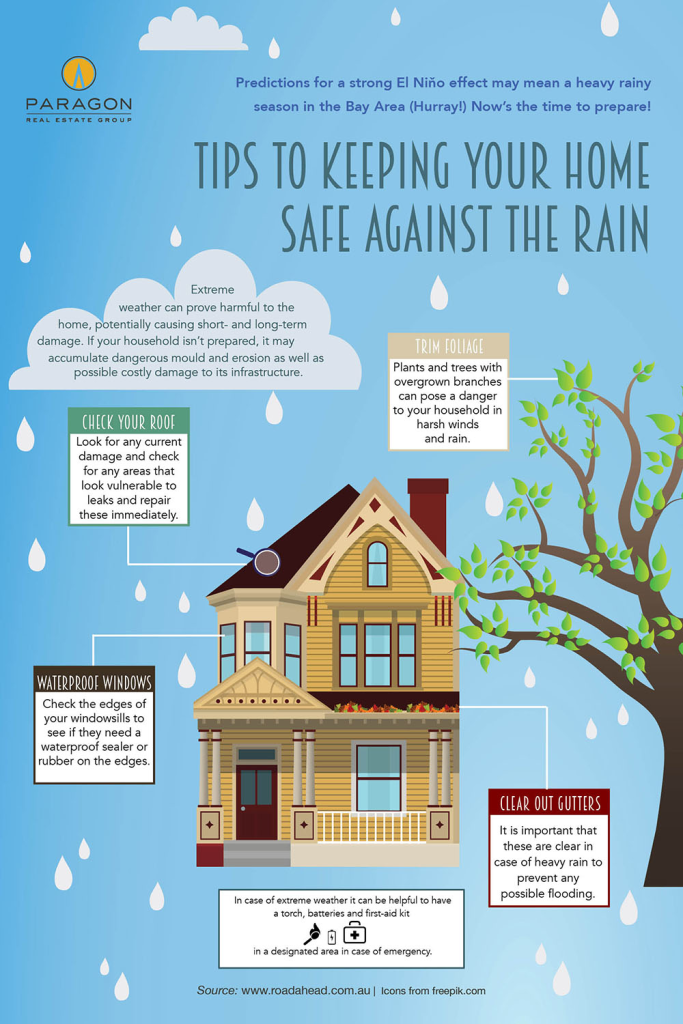To safeguard your home from potential pricey repair work, identifying roofing system damage early is essential. By keeping an eye out for subtle indicators like missing out on tiles or water stains, you can capture concerns prior to they get worse. Yet what concerning those commonly forgotten areas that could hint at covert issues hiding over you? Stay tuned to discover essential pointers for detecting roofing damage before it rises into a major headache.
Early Indication
Spotting roof covering damages early can conserve you time and money. One vital early warning sign to keep an eye out for is missing or damaged roof shingles. If you discover any kind of shingles that are split, crinkling, or entirely missing out on, it's vital to address the problem without delay. These damaged shingles can leave your roofing system susceptible to leakages and more damages.
just click the up coming post to try to find is water spots on your ceiling or wall surfaces. These spots can show a leak in your roof that requires instant focus. Disregarding these water stains can cause extra comprehensive and pricey repair services down the line.
Additionally, be on the lookout for any kind of indications of sagging or sagging locations on your roofing, as this can show architectural damage that needs to be repaired quickly.
Exterior Inspection Tips
Frequently examining the exterior of your roofing system is crucial for preserving its honesty and recognizing prospective damage early. Start by analyzing the tiles-- search for any missing, split, or crinkling roof shingles, as these can be indications of roof damage.
Check the rain gutters for granules from the tiles, as excessive granule loss may represent aging or weathering. Pay attention to the blinking around vents, smokeshafts, and skylights, ensuring they're firmly secured and free of cracks.
Look for indicators of moss, algae, or mold and mildew growth, as these can cause roof covering damage if not dealt with immediately. Additionally, inspect the fascia and soffits for any kind of water discolorations or rot, which could signify water damage.
Lastly, evaluate the total problem of your roof covering from the ground, searching for any type of drooping areas or visible dips. By performing san antonio gutter cleaning , you can capture roof damage early and prevent it from turning into a major issue.
Inside Warning
When examining your roof for prospective damage, don't overlook the importance of examining the interior of your home. Inside red flags can frequently be early indicators of roof covering problems that require interest.
Begin by examining your ceilings for any type of water spots or staining, as these might indicate a leak in the roof covering. One more essential location to evaluate is the attic room, where indications of water damage, mold, or mold may indicate a roof covering trouble.
Pay attention to any mildewy smells or an obvious rise in moisture degrees, as these can additionally be signs of water invasion from a harmed roofing system. Furthermore, sagging areas in the ceiling or walls need to be taken seriously, as they could be an outcome of water damages weakening the structure.
If you see any one of these indoor red flags, it's important to have an expert roofing contractor assess the scenario immediately to stop additional damage and expensive repair work.
Conclusion
By remaining alert and routinely looking for very early warning signs of roofing damages, you can protect against minor issues from turning into major issues. Keep an eye out for missing out on or damaged tiles, water stains on ceilings or wall surfaces, and any type of sagging or drooping locations on the roofing. By resolving these problems without delay, you can save yourself from pricey fixings and guarantee your roofing system continues to be in good condition for many years to come. Stay roof repair san antonio, tx skyroofingconstructiontx.com and safeguard your home from possible damages.
